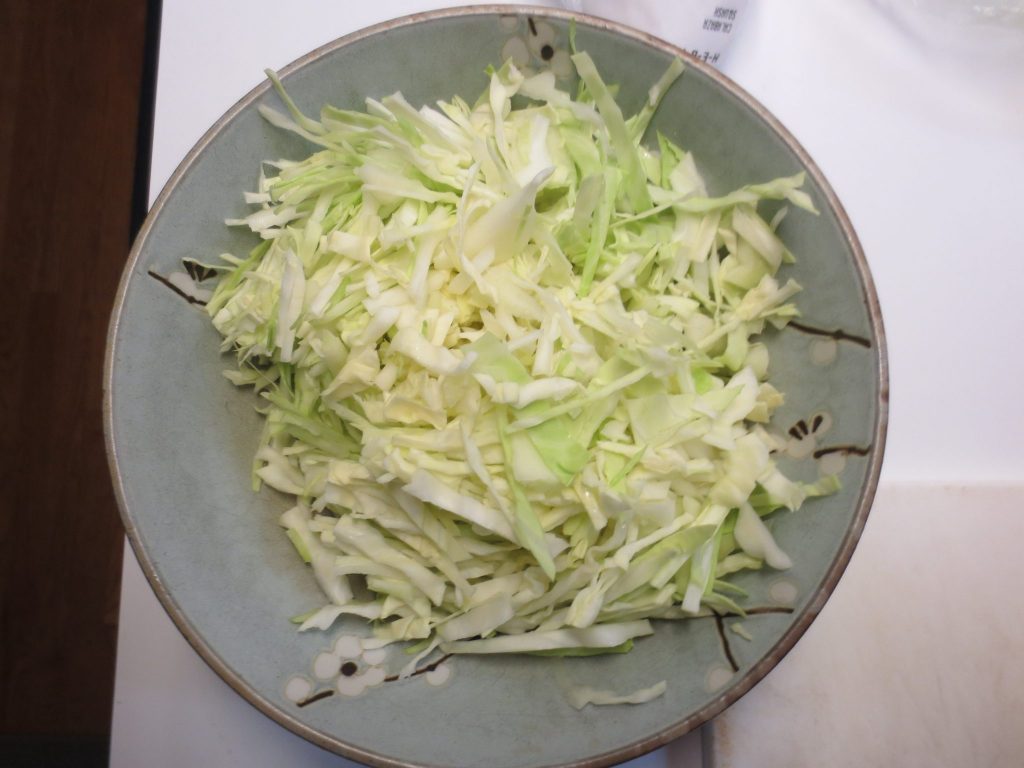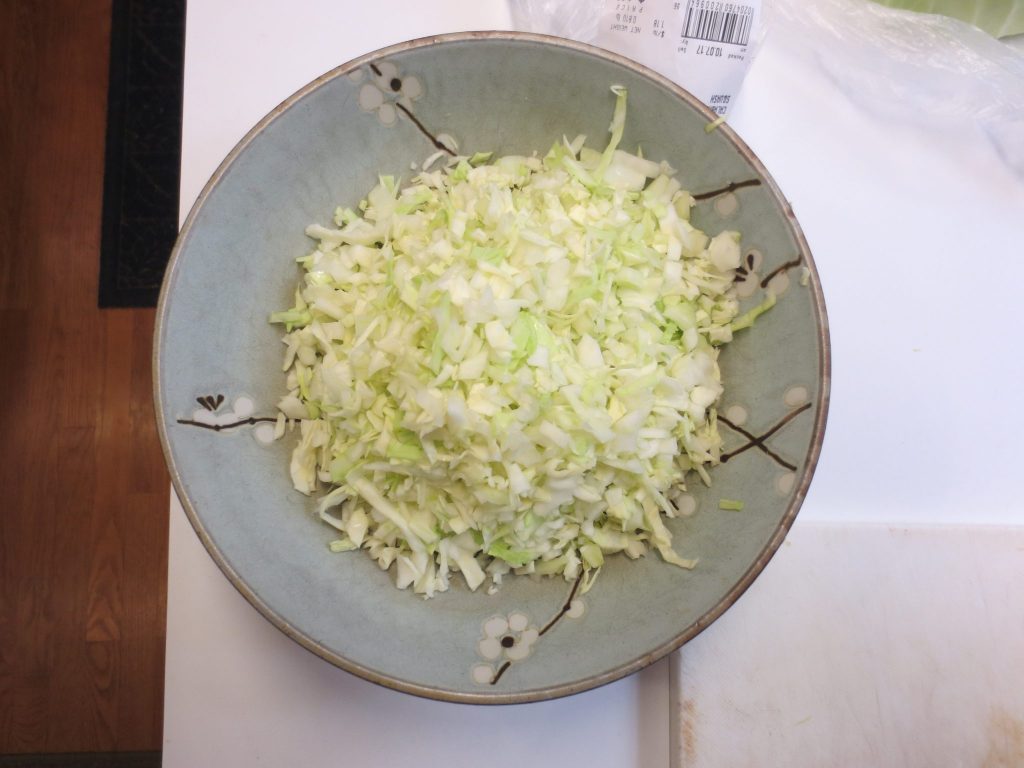I made a previous batch of tallow-based bar soap (in January) that turned out fairly well. In fact, sibling C swears by it for washing her hair! Interestingly, hair washed with the soap feels very similar to hair habitually washed with only water. The soap is just okay for shaving, though, so I’ve been wanting to do a second improved batch.
The internet says to use a lot of stearic acid to make better shaving soap. Stearic acid makes stable lather, but it is a palm-oil derivative, so definitively not sustainable. However I discovered that soy wax, that is, fully-hydrogenated soy bean oil, can be used as a substitute for stearic acid. So I was planning on buying that until I discovered that… people sell everything on eBay! So I ended up buying “used” stearic acid (from someone who used to make their own lotions).
Apparently, there are tons of things that can go wrong with soap. It seems like most of them only happen when you try to do fancy things (e.g. coloring, fragrance, milk) and I haven’t done those particular things.
However, the combination of stearic acid (very high melting point), tallow (grass-fed from the farmer’ market! moderately high melting point), and sodium hydroxide (used to make hard/bar soap, as compared to potassium hydroxide, which is used to make liquid/soft soap) makes extremely hard soap. It’s super crumbly now that it is completely hardened… On the bright side, the harder the soap, the longer it lasts.
I used SoapCalc to formulate the final recipe. Don’t try to replicate this soap; I’m including the recipe for reference purposes only! You could try the same proportions of oils and use KOH instead of NaOH, that might work.

